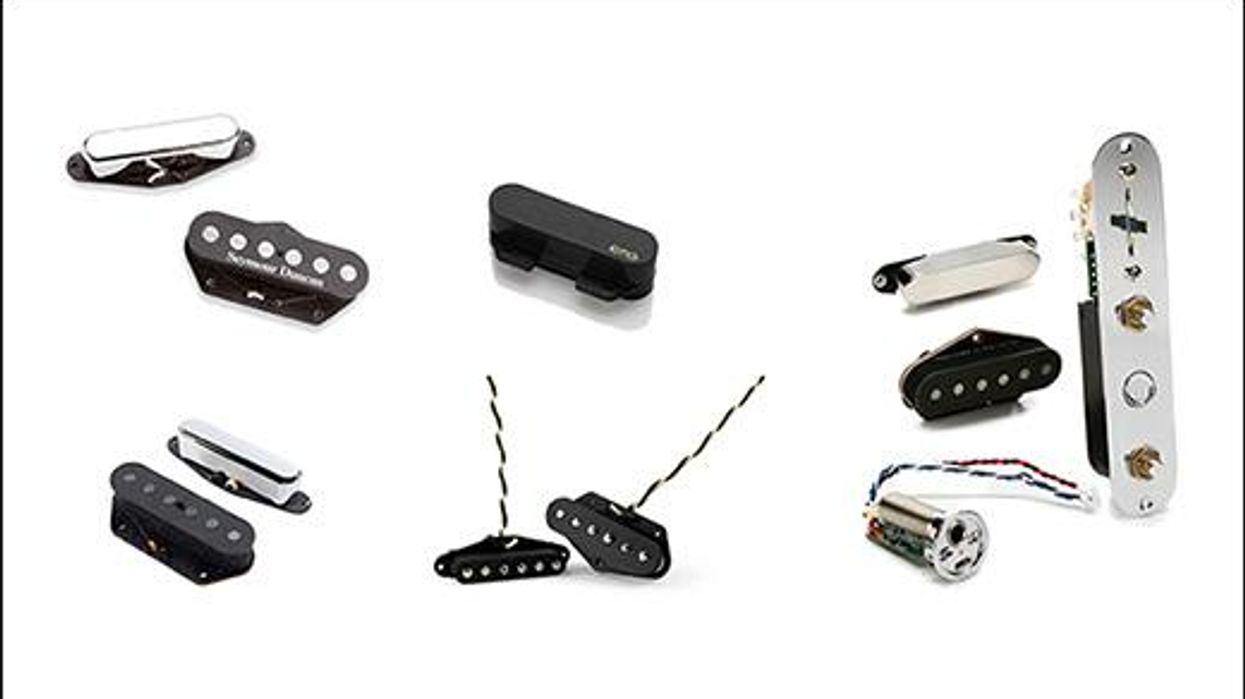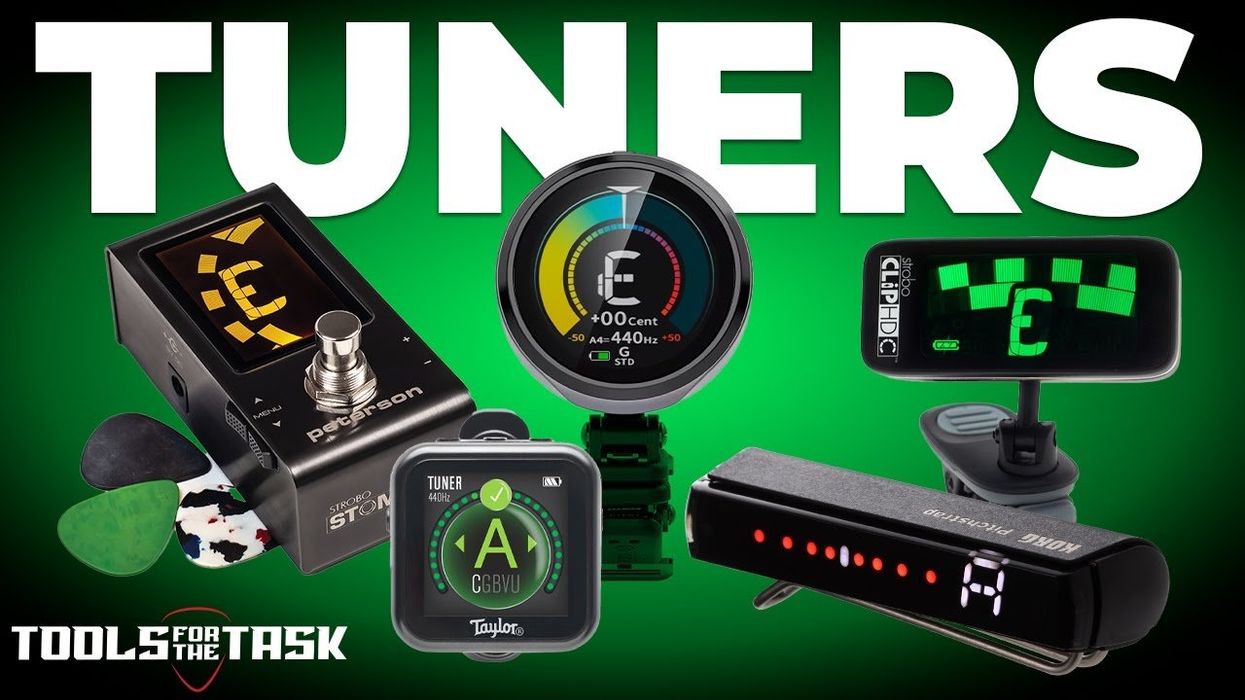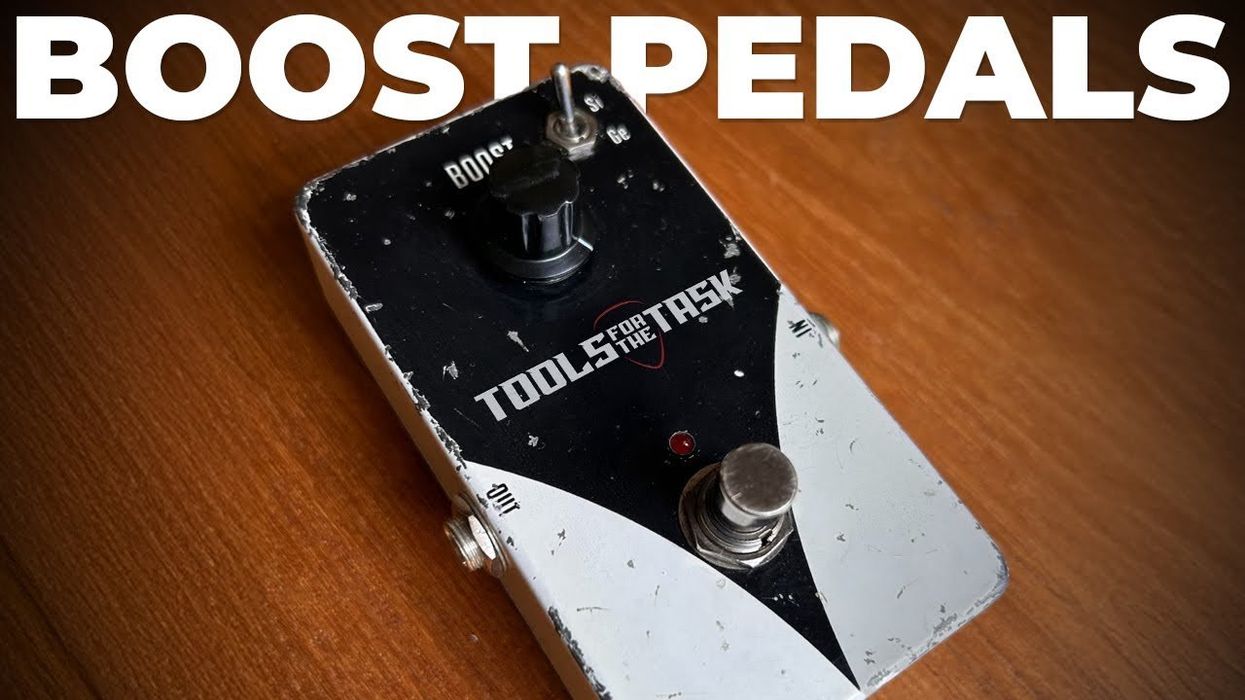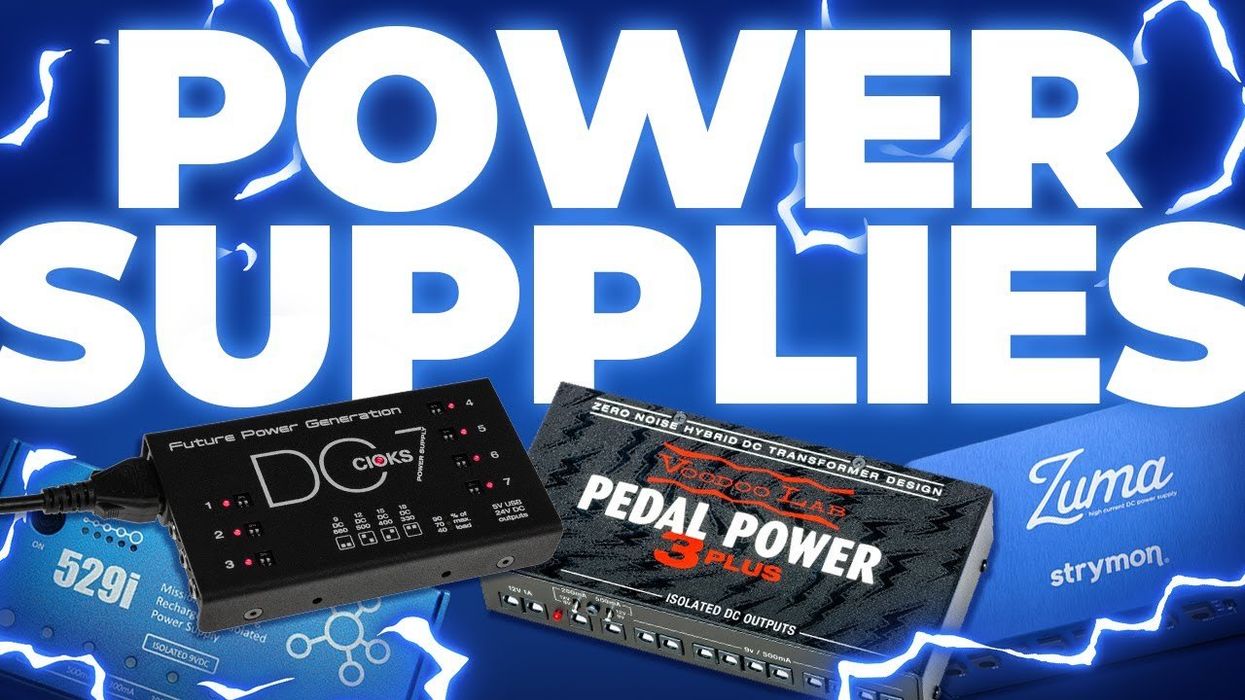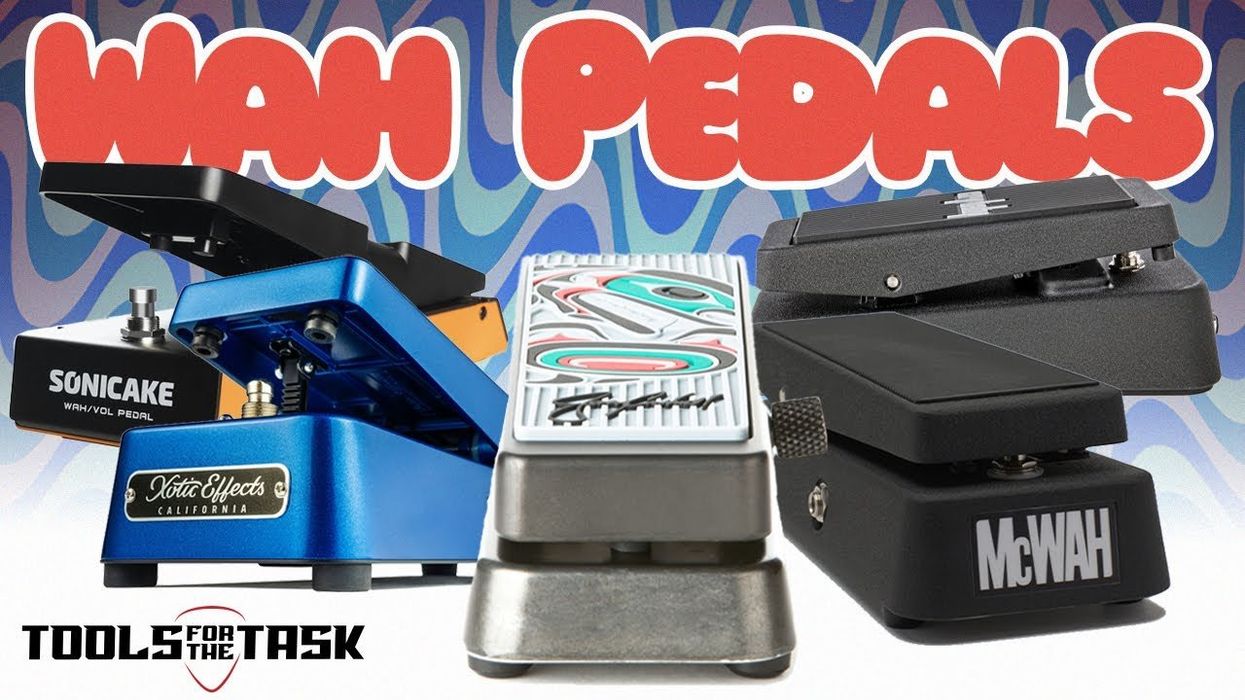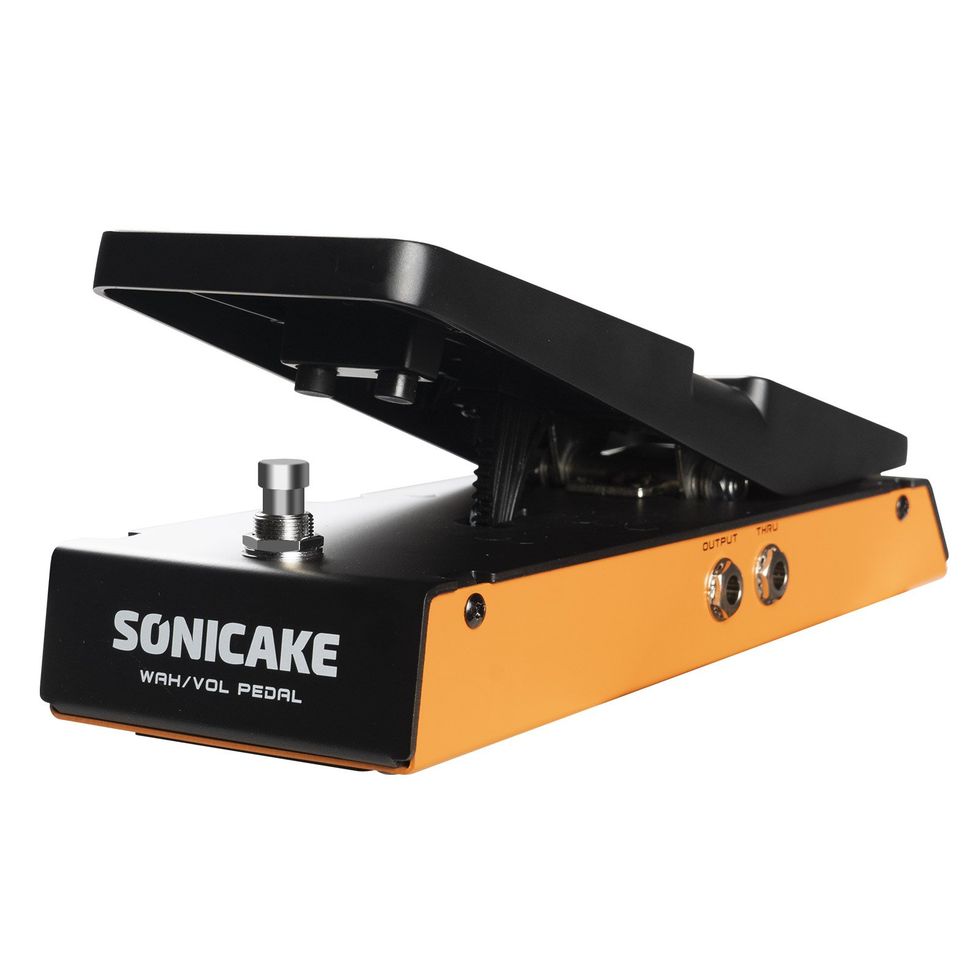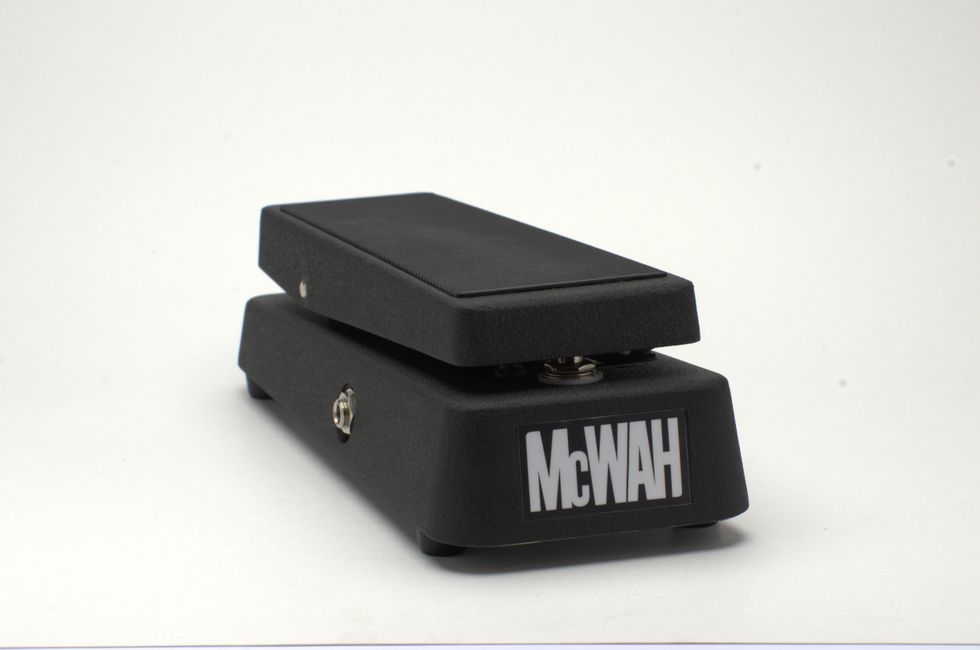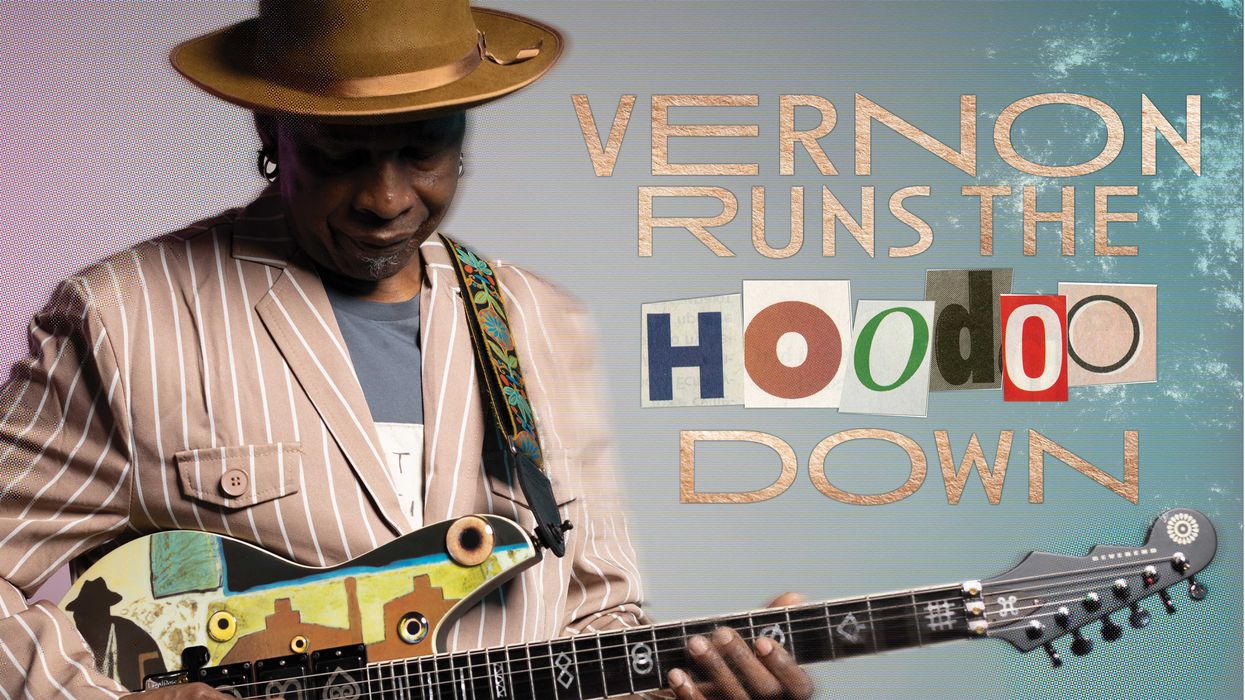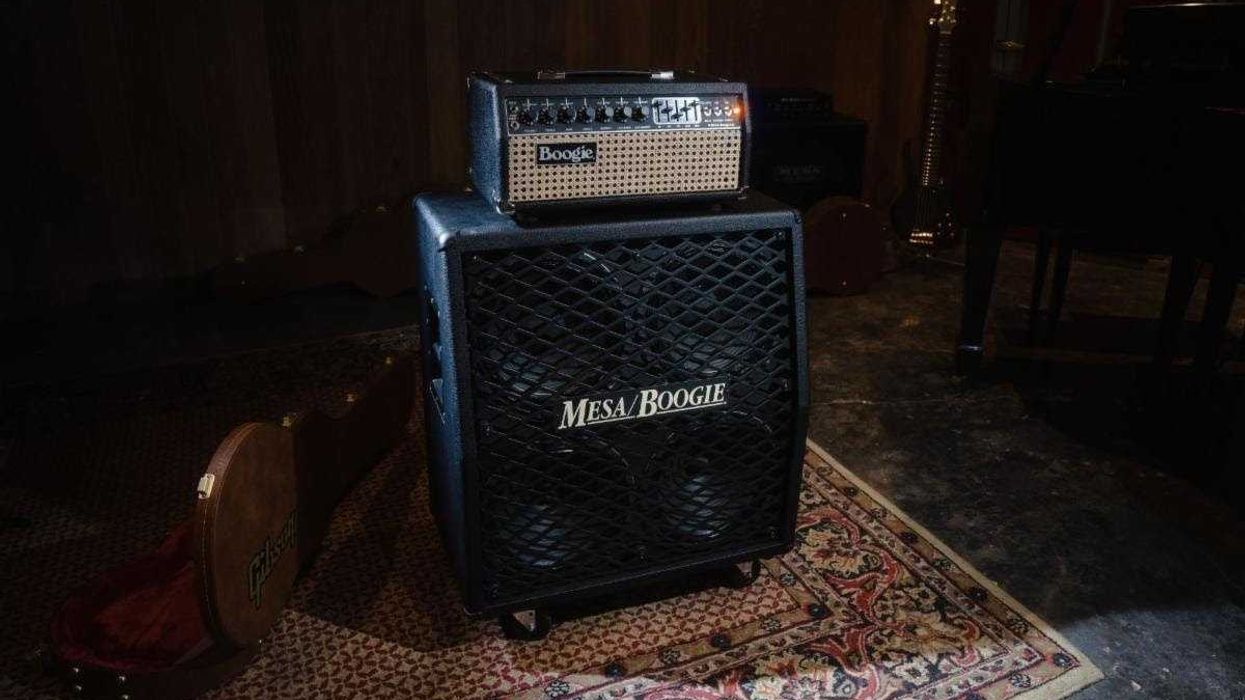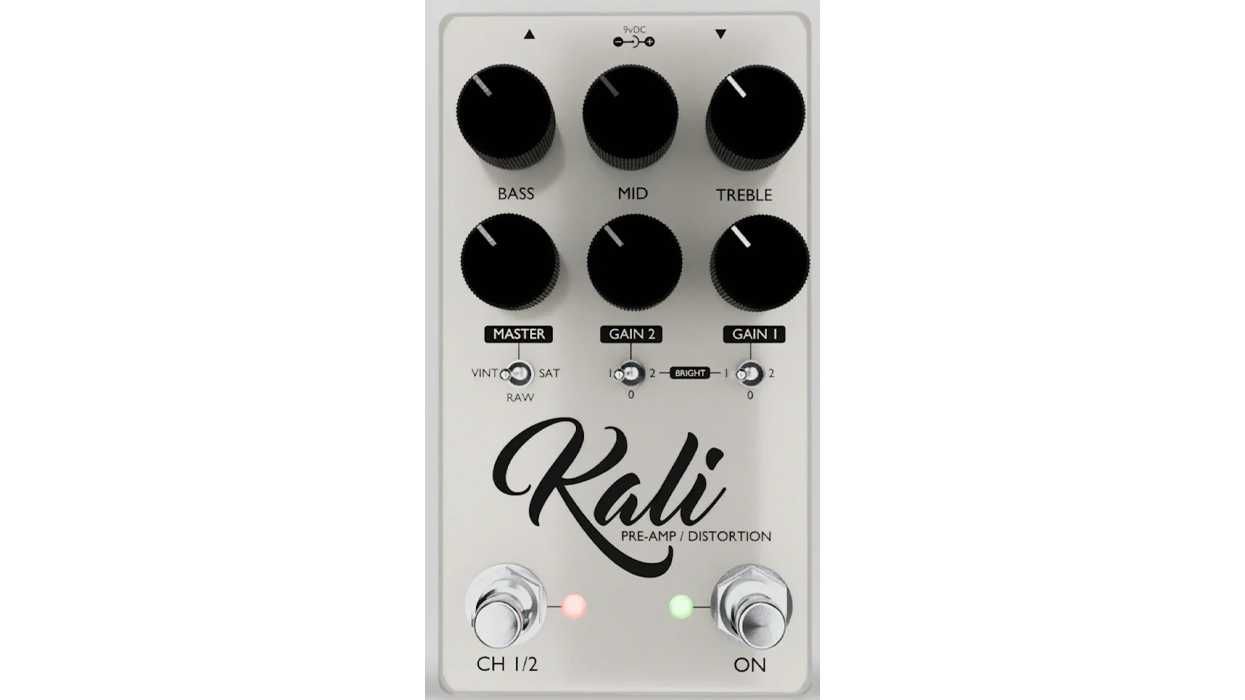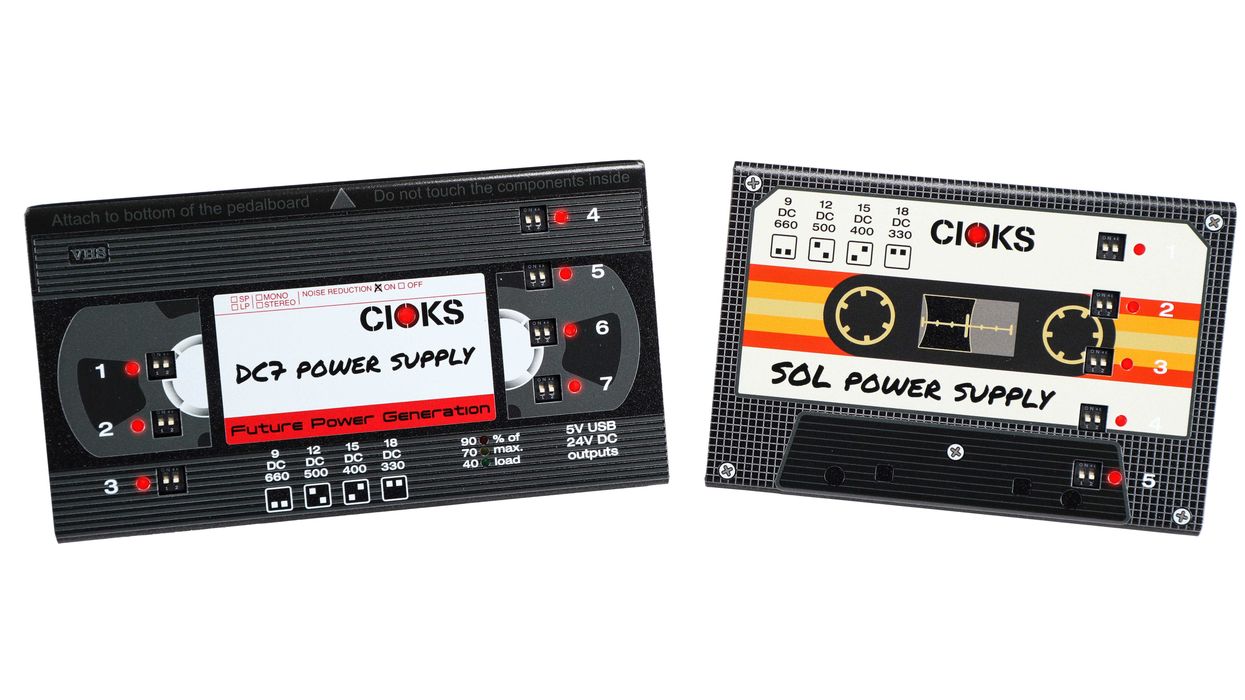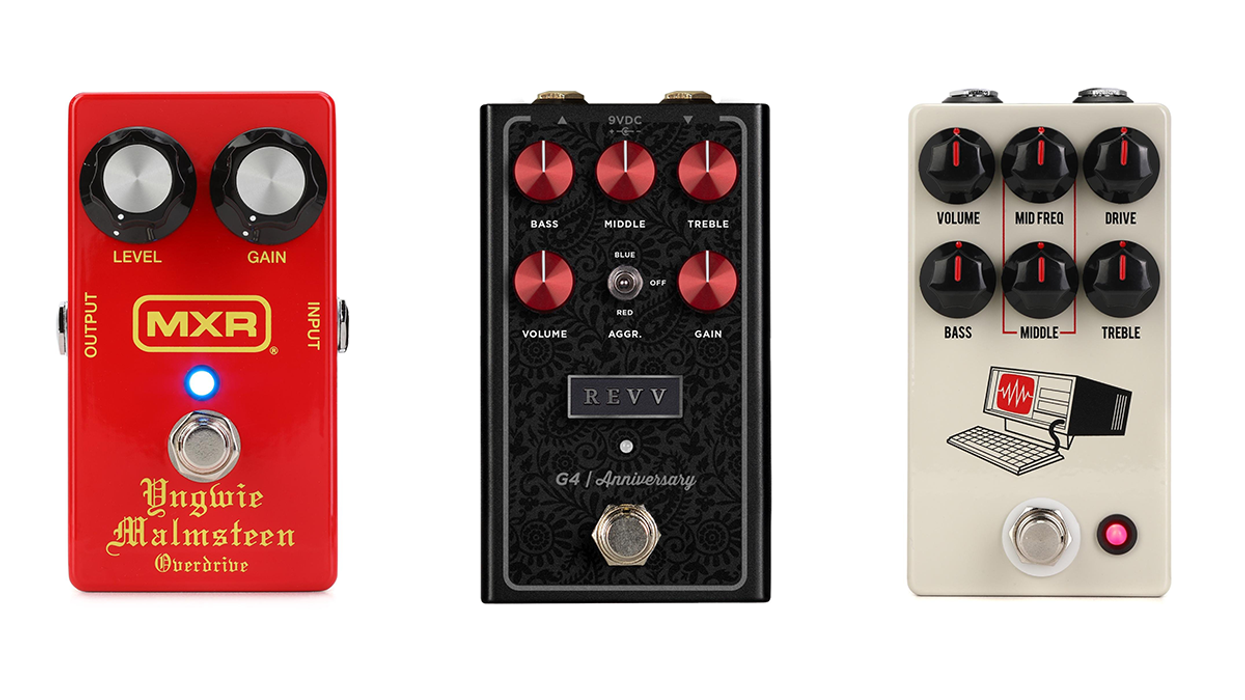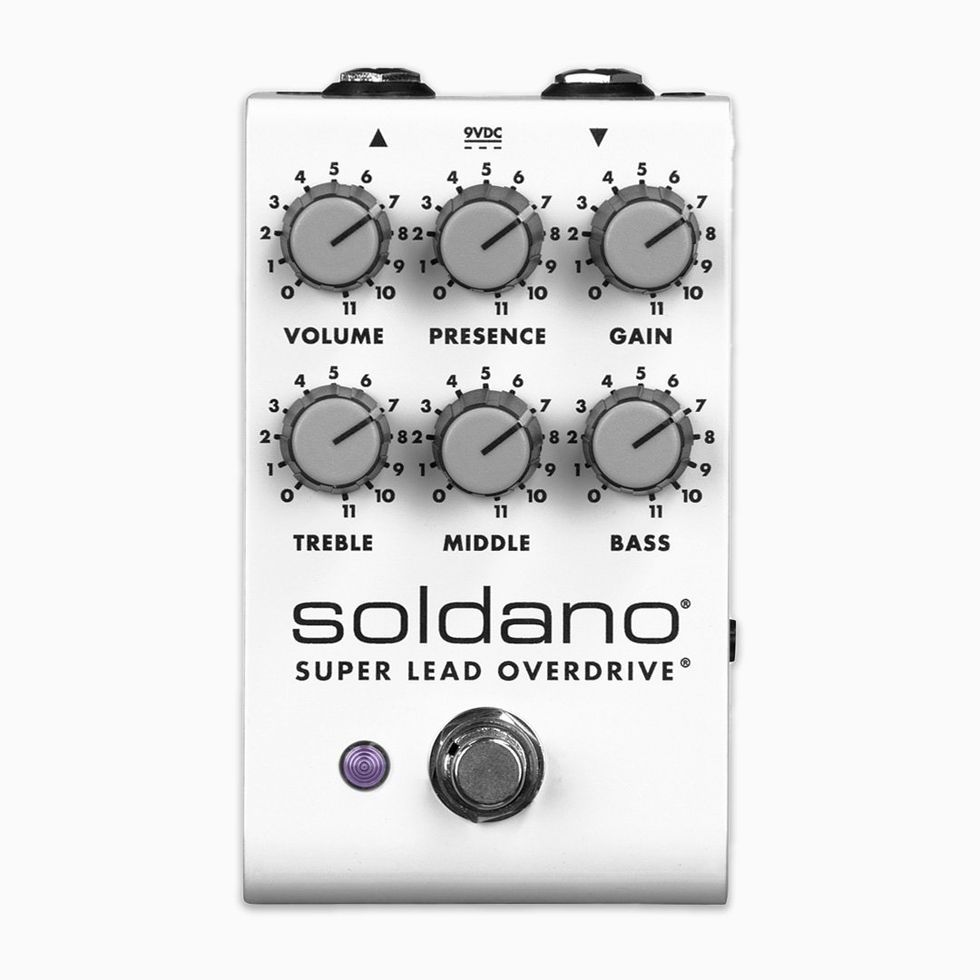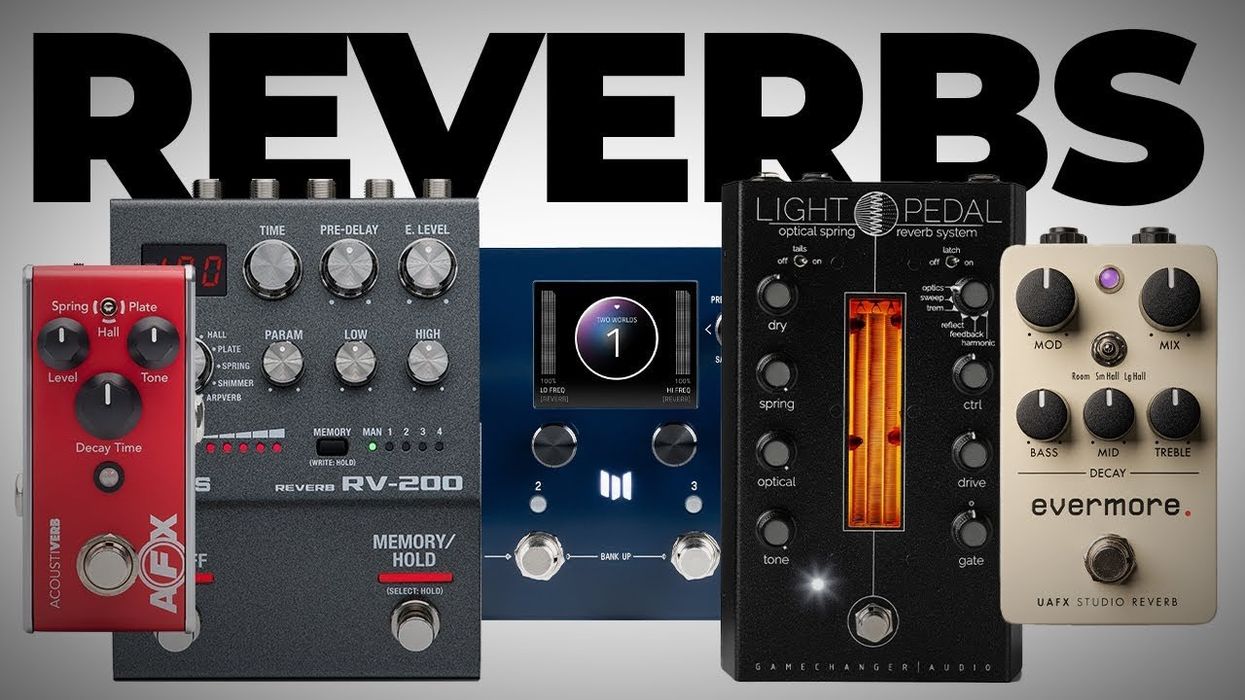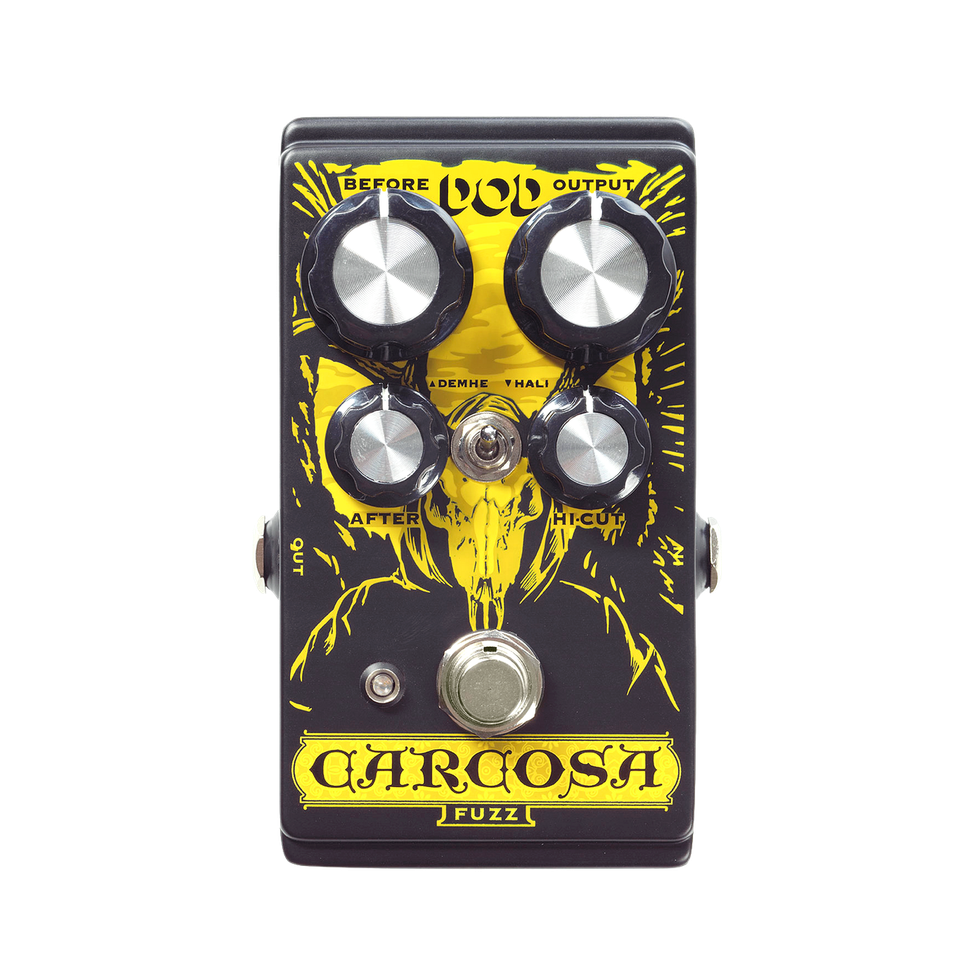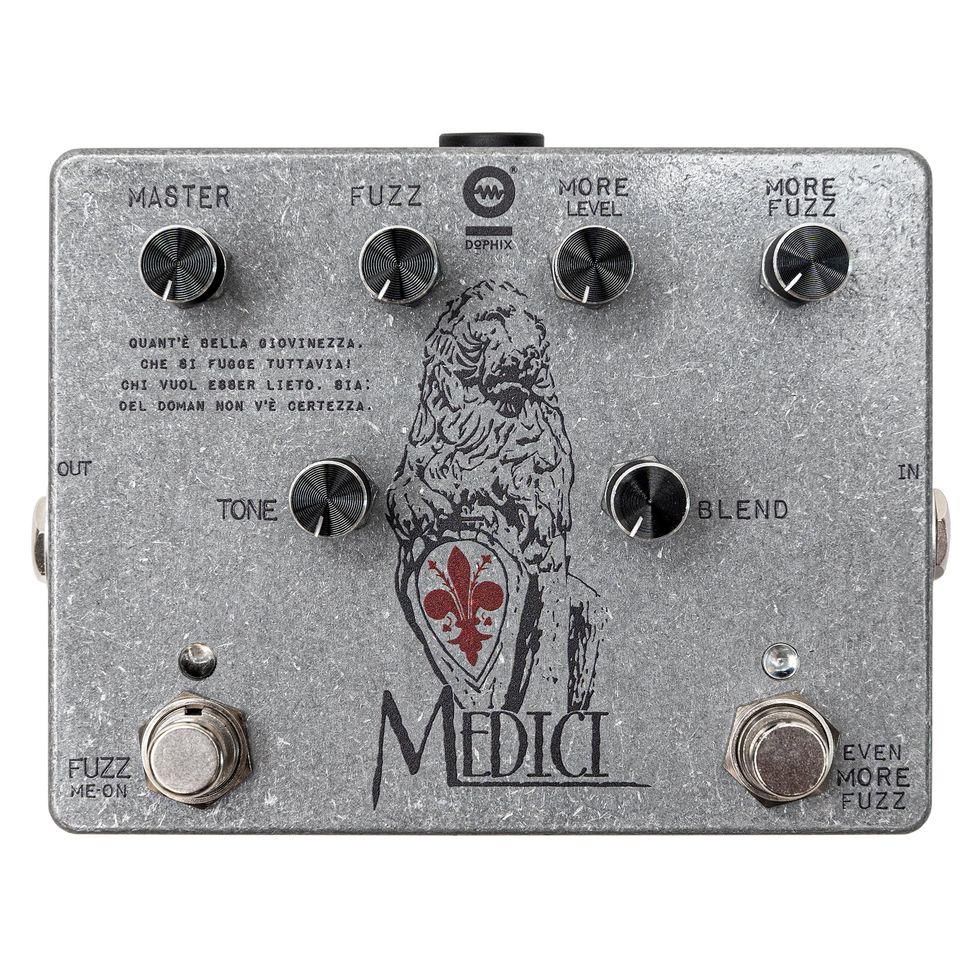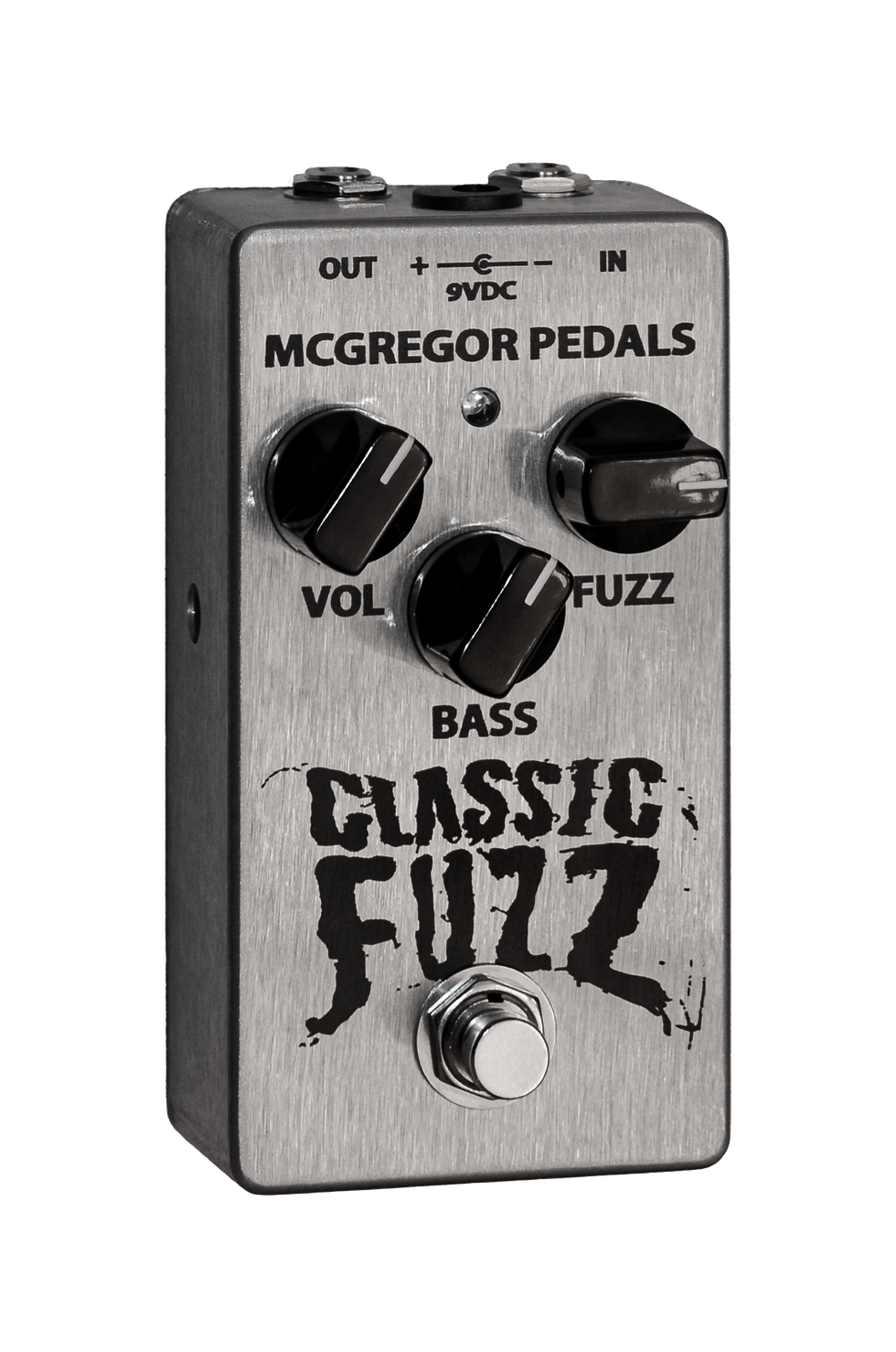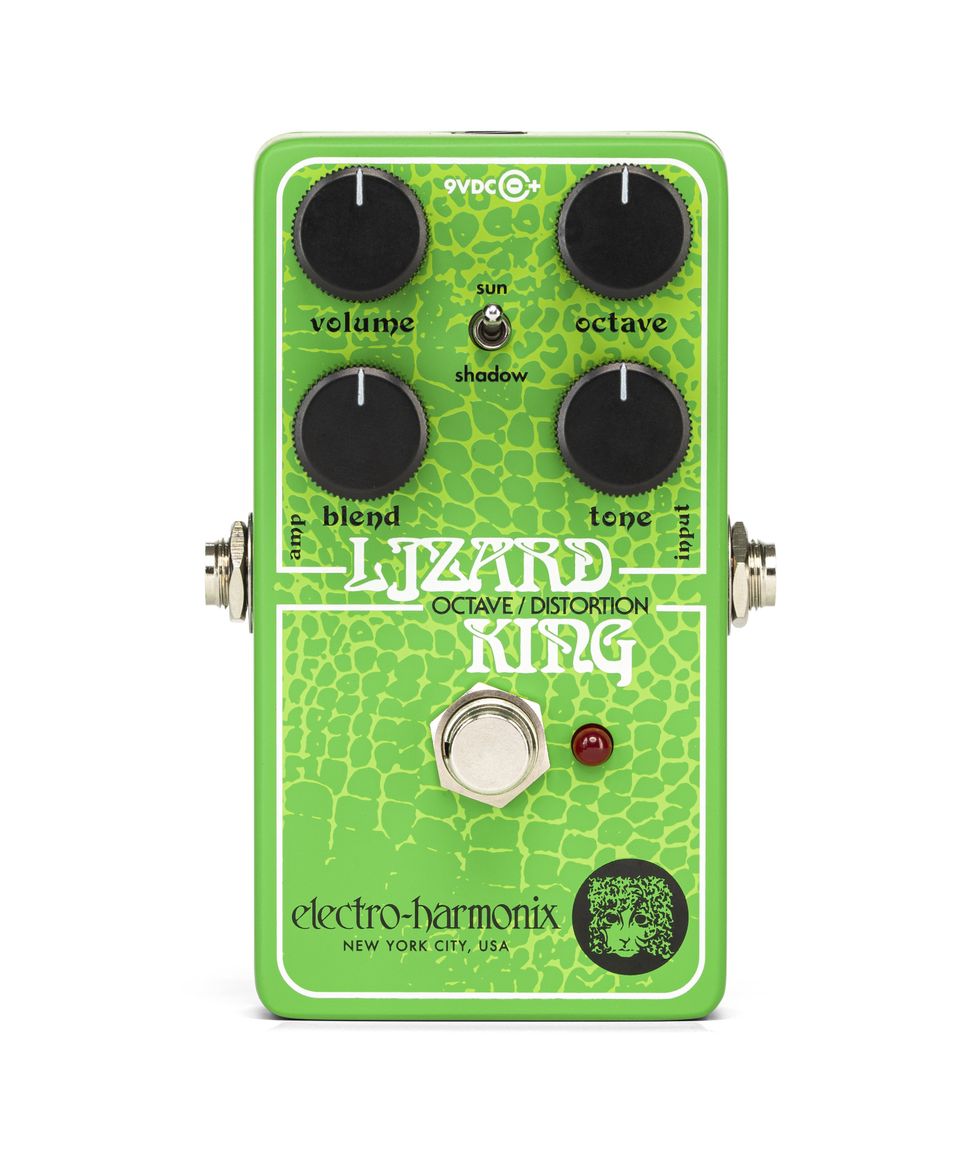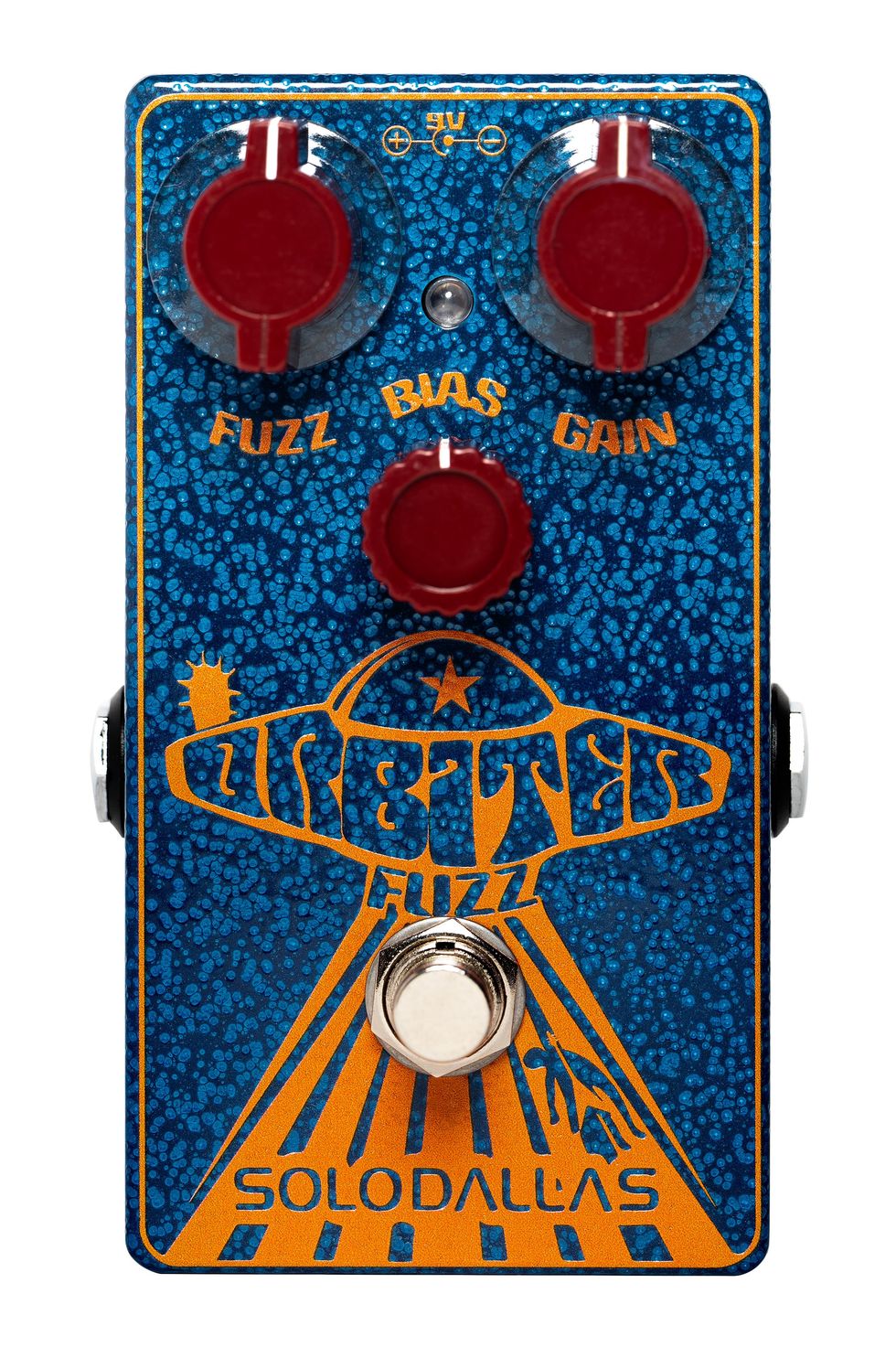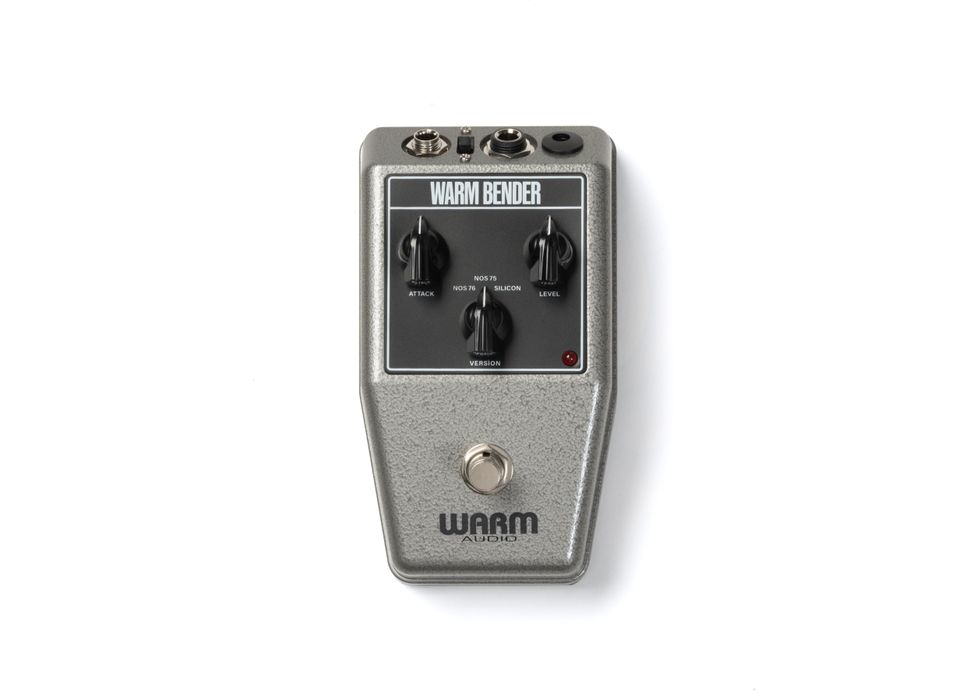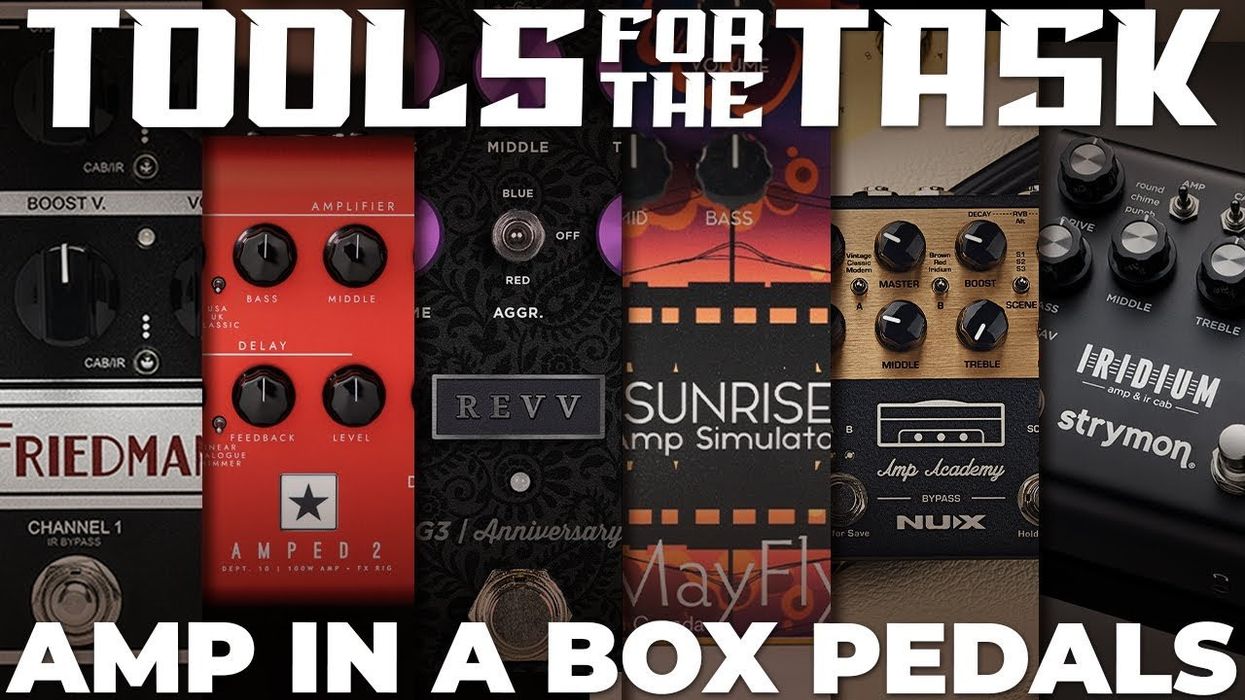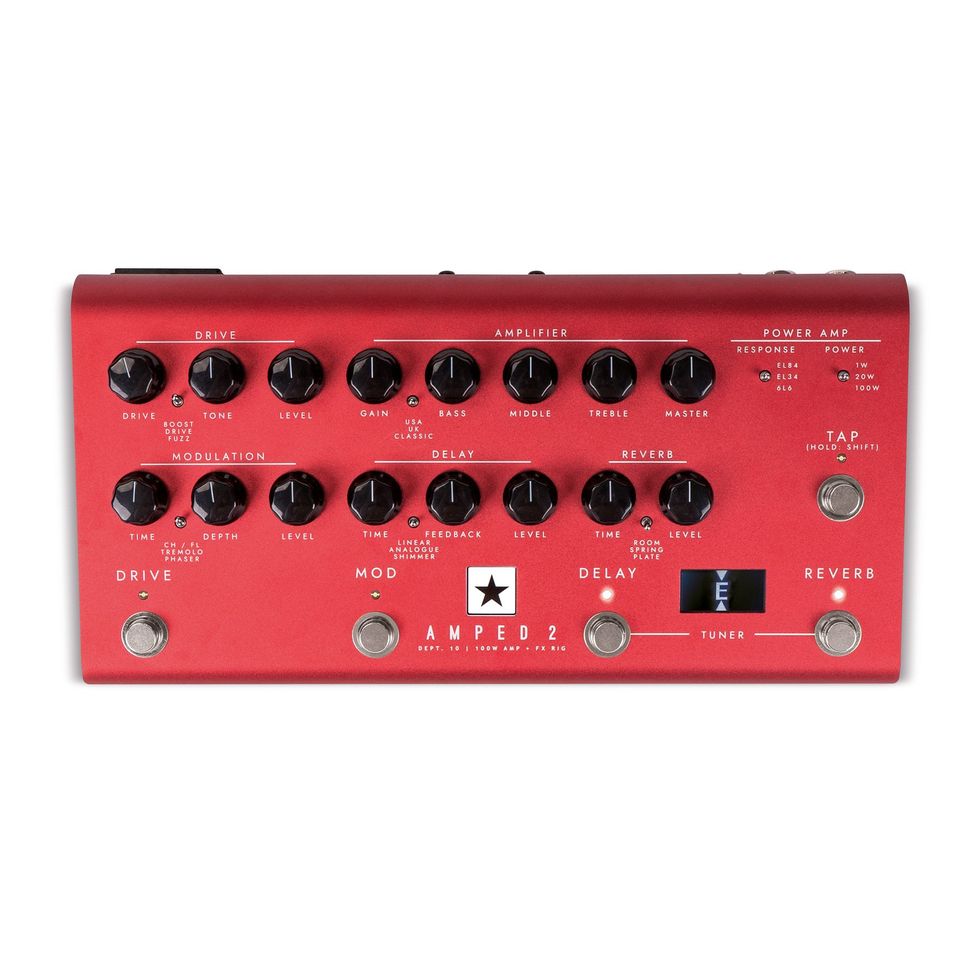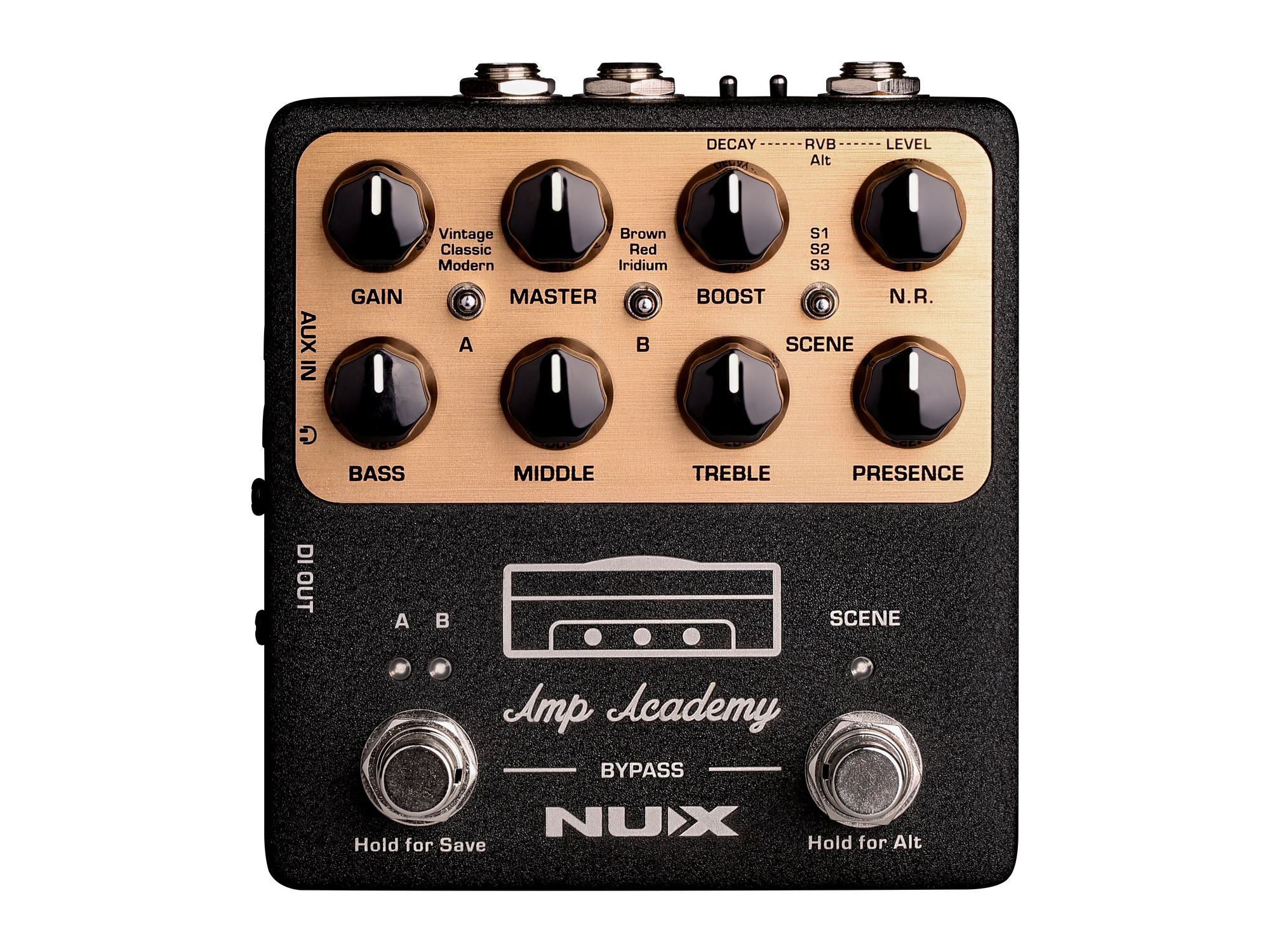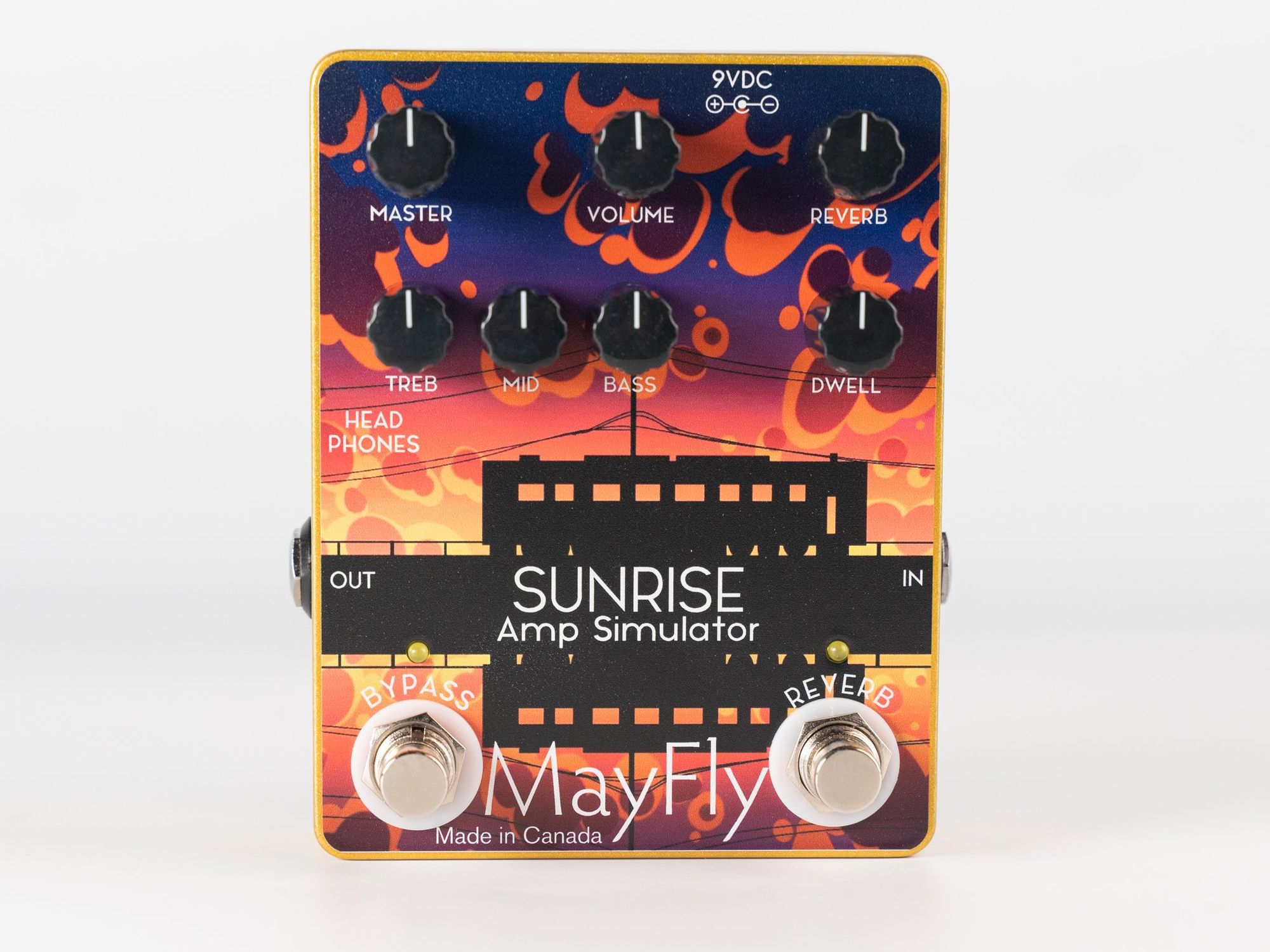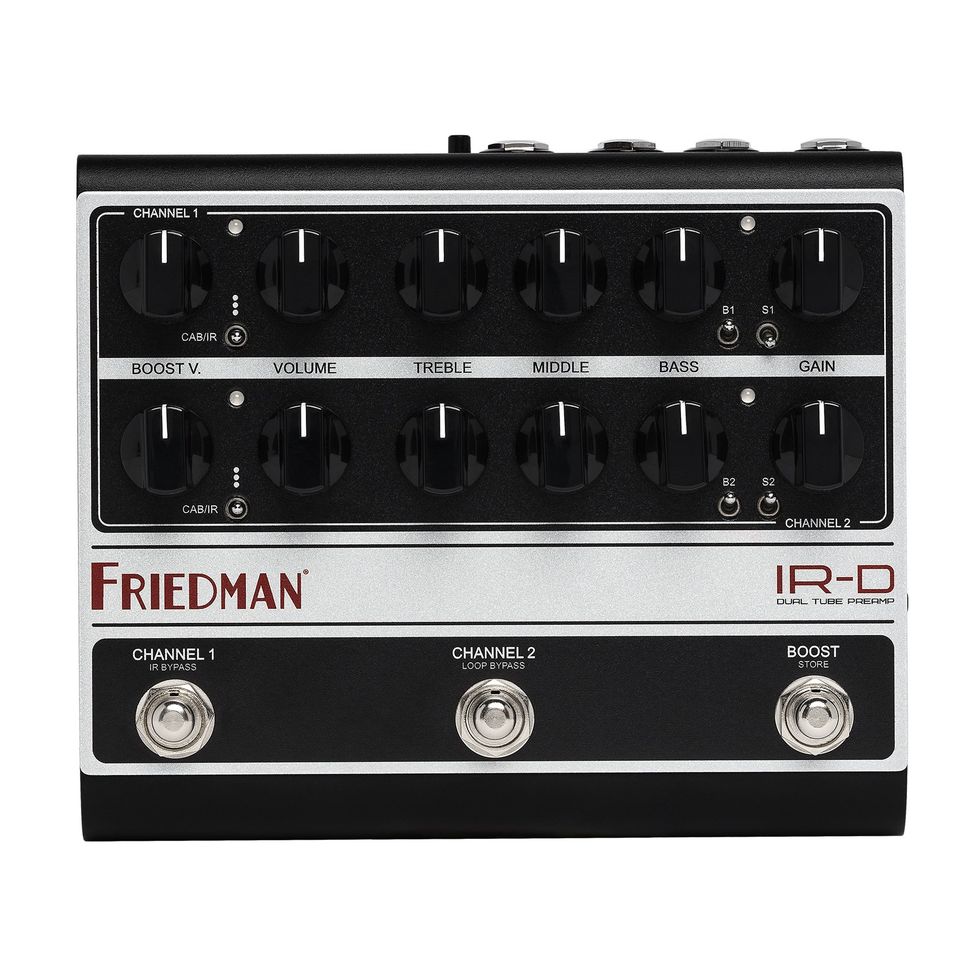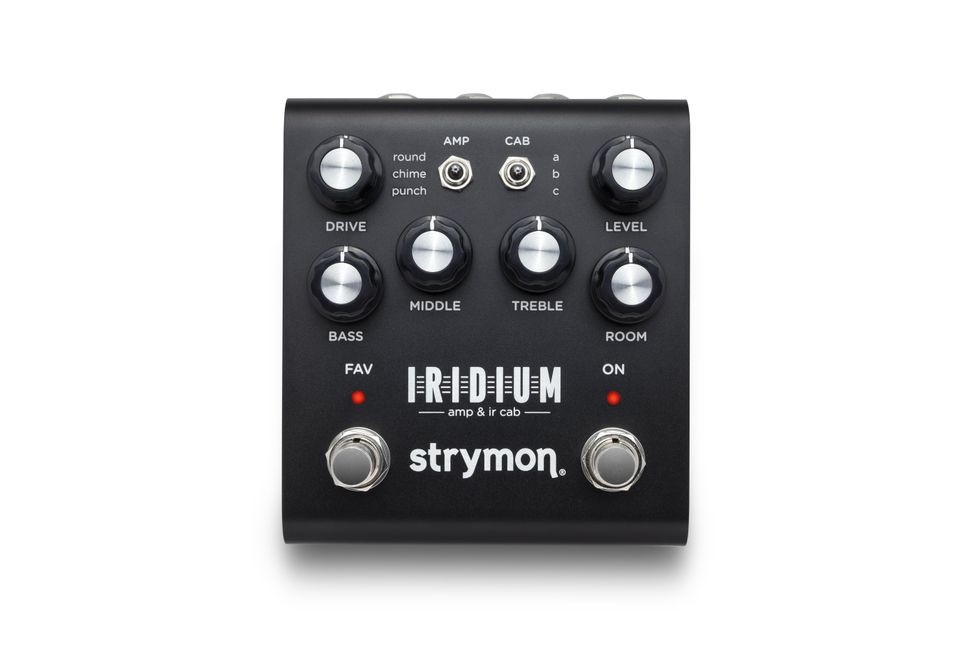One of the most effective—and least invasive—ways to mod a guitar is to swap out the pickups. Wanna experiment with a ’bucker in the bridge? Leave the router at home. We’ve rounded up 10 options that range from affordable and effective to boutique and beyond.
DiMarzio Super Distortion T
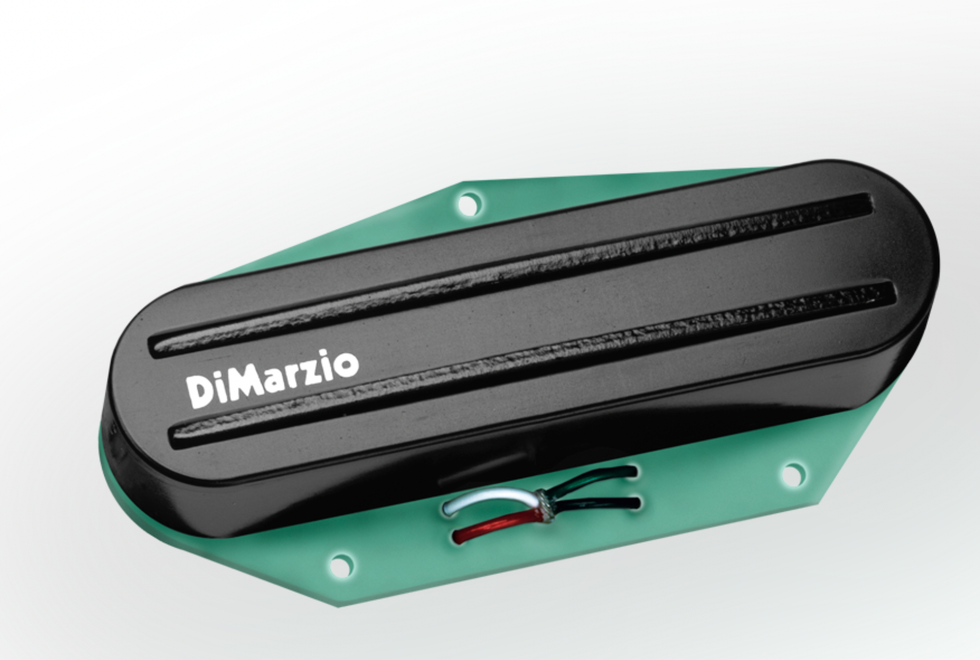
This single-coil-sized version of the company’s legendary Super Distortion is aimed at T-style players who want the thick sound of a ’bucker in the bridge. It has a pronounced low-mid response with a roll-off on the high end.
$99 street
Seymour Duncan STL-3 Quarter Pound
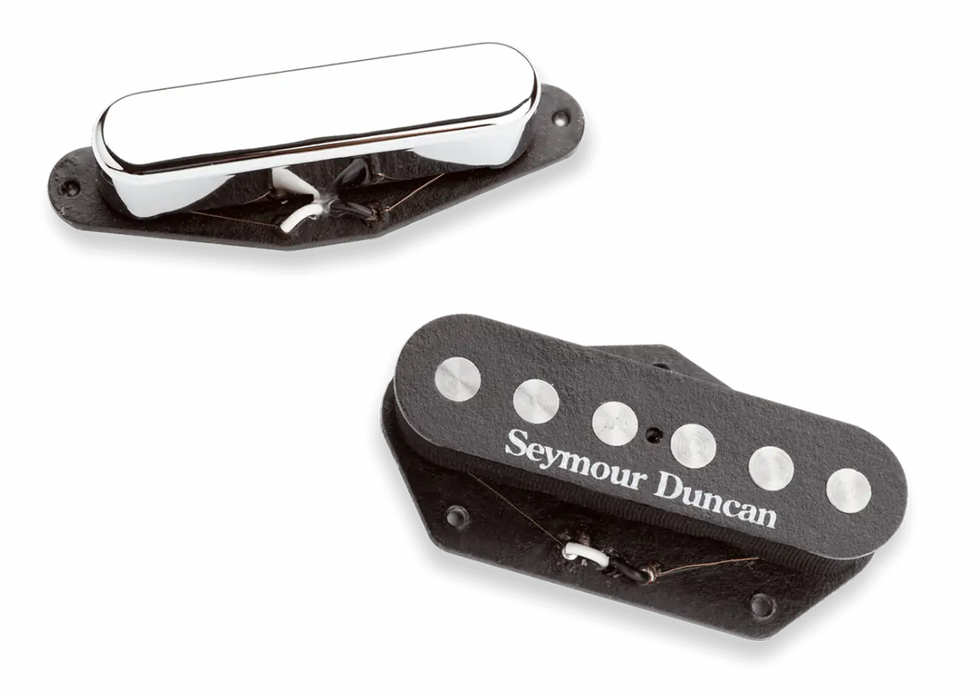
Centered around a set of alnico 5 magnets, this high-output single-coil crosses into P-90 territory. You can also get a tapped neck variation that allows for both vintage- and high-output sounds within a single set.
$89 street
TV Jones Starwood Tele Bridge
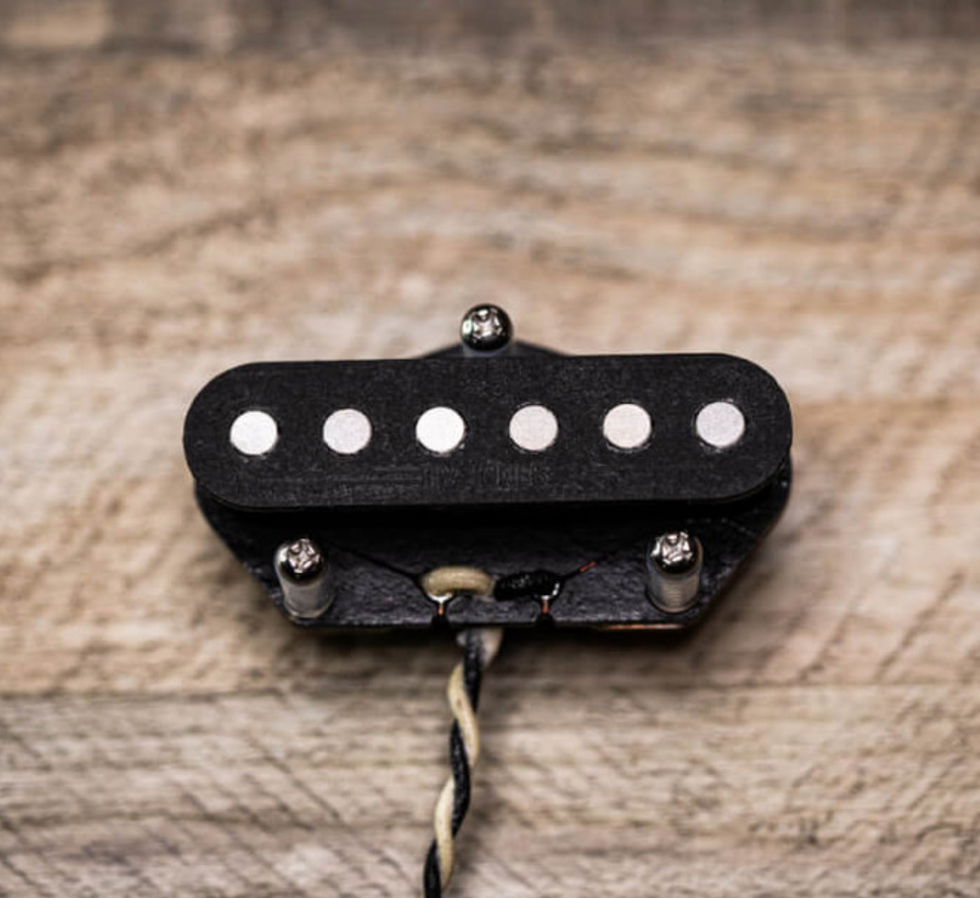
Introduced in 2016, this T-style pickup features the guts of the company’s T-Armond pickup, but with a little more juice. Like many of the pickups on this list, it’s a straight drop-in replacement for standard-sized pickups.
$120 street
Mojo Tone ’52 Quiet Coil
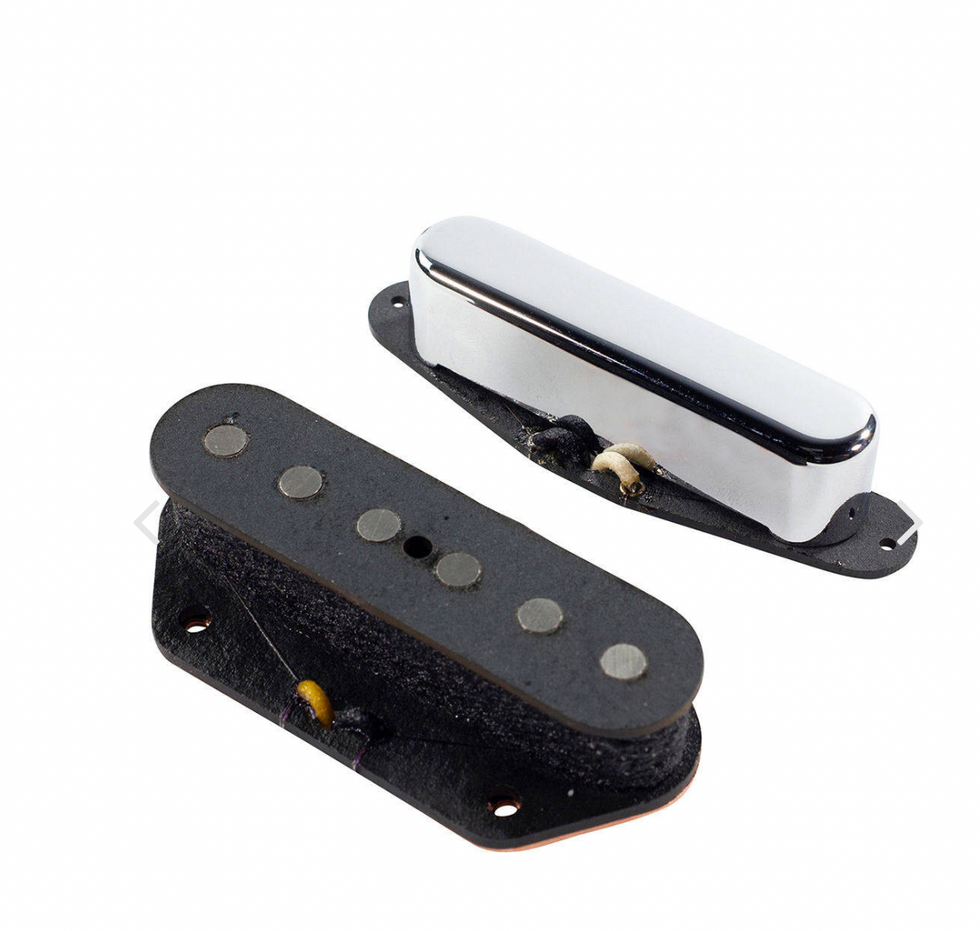
With less than 10 components in a single pickup, Mojotone made these designs very simple. They use their “Quiet Coil” technology to get rid of the hum without batteries or stacked coils. The pickups are also scatterwound for more sensitivity and clarity.
$98 street
Fender Ultra Noiseless Vintage Telecaster

These stacked-coil setups aim to capture the classic sound and sparkle of vintage Tele pickups. They use alnico 5 magnets, Polysol-coated wire, and flat, non-beveled pole pieces. The neck pickup measure about 11k resistance and the bridge comes in around 10k.
$199/set street
Lollar Special T Bridge
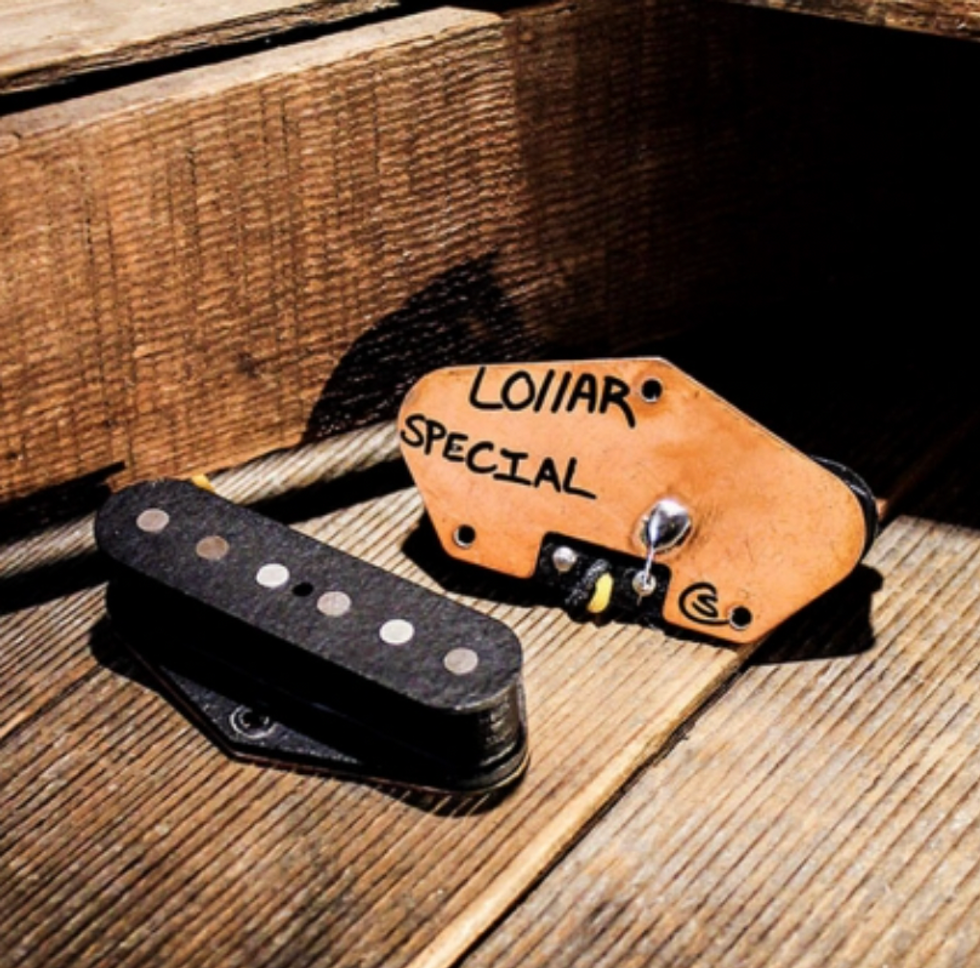
Jason Lollar is a bona fide pickup genius, and his take on the classic ’50s Tele sound is represented here with a pronounced mid and bass response along with a smoother top end. Described as slightly hotter than a vintage Broadcaster pickup, the bridge comes in at 8.0k.
$125 street
Fishman Greg Koch Gristle Tone
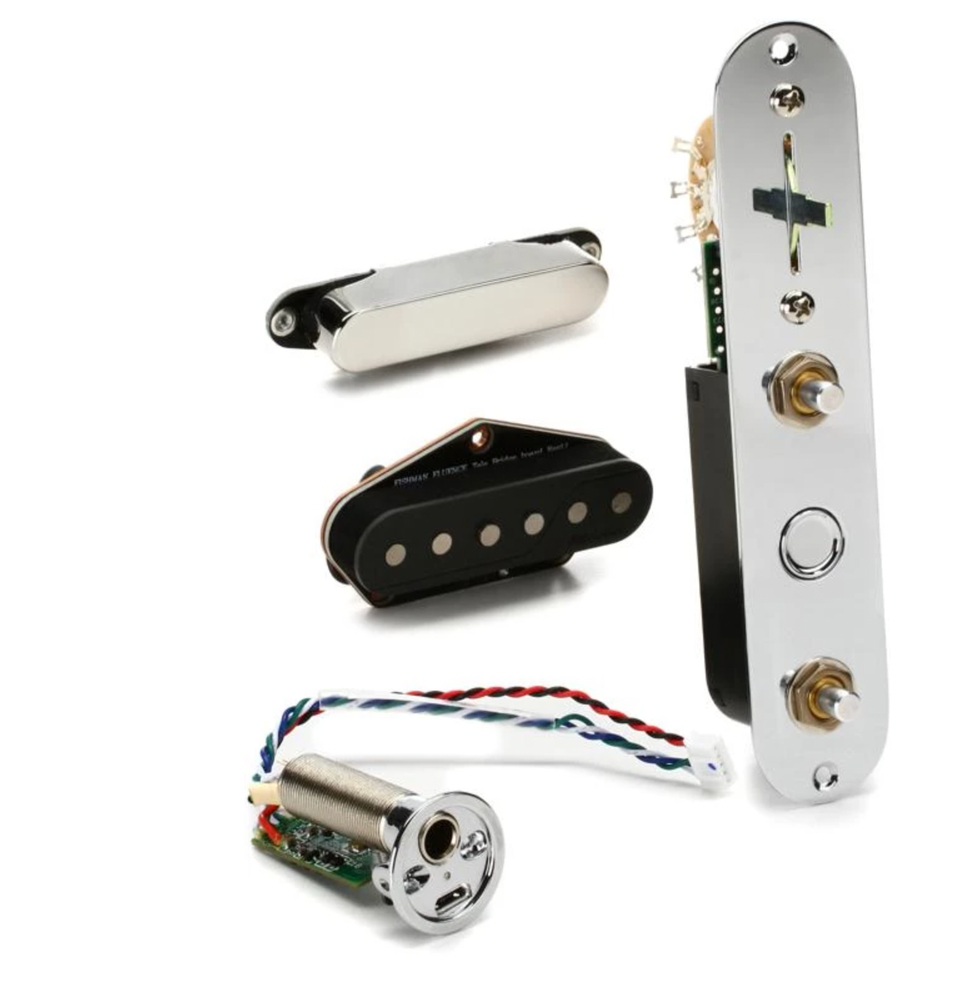
Wisconsin’s most gristly guitarist teamed up with Fishman to create an entire T-style setup based on their Fluence technology. Each set includes both pickups, a control plate, and an output-jack cup with a USB charging input. With the push of a button, you can easily go between “blackguard” and “whiteguard” tones.
$359/set street
Ron Ellis 52T Bridge
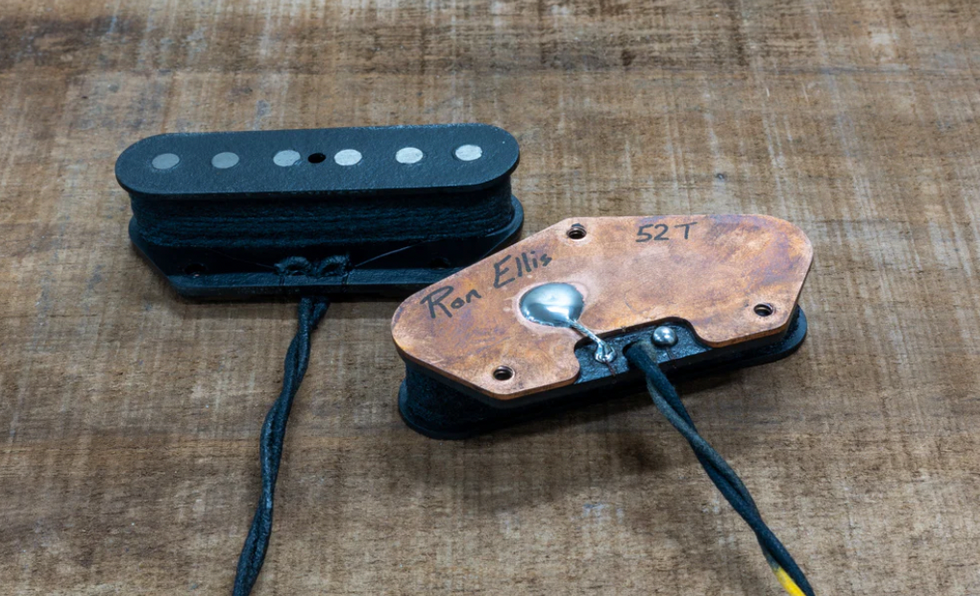
Ellis might be one of the most in-demand pickup designers around today—and the going rate for his offerings bear that out. This particular flavor goes after the “blackguard” tones of classic Tele pickers such as Vince Gill and Brent Mason.
$375 street
Lindy Fralin Steel Pole 42
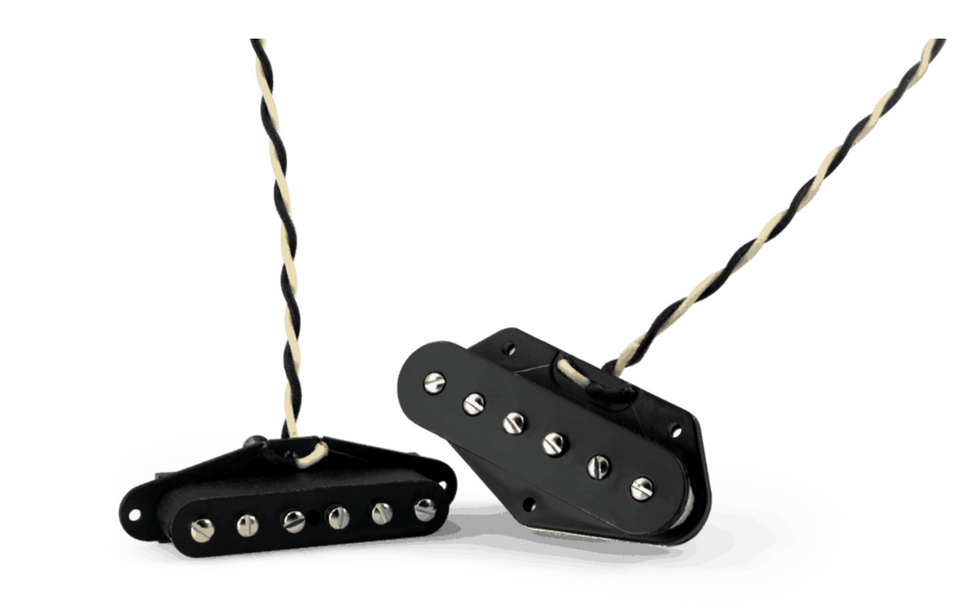
Described as a cross between a T-style pickup and a P-90, this design houses a ceramic magnet and adjustable steel pole pieces. Sonically, it has a mid-forward tone that offers a faster breakup when playing with distortion.
$115 street
EMG RT
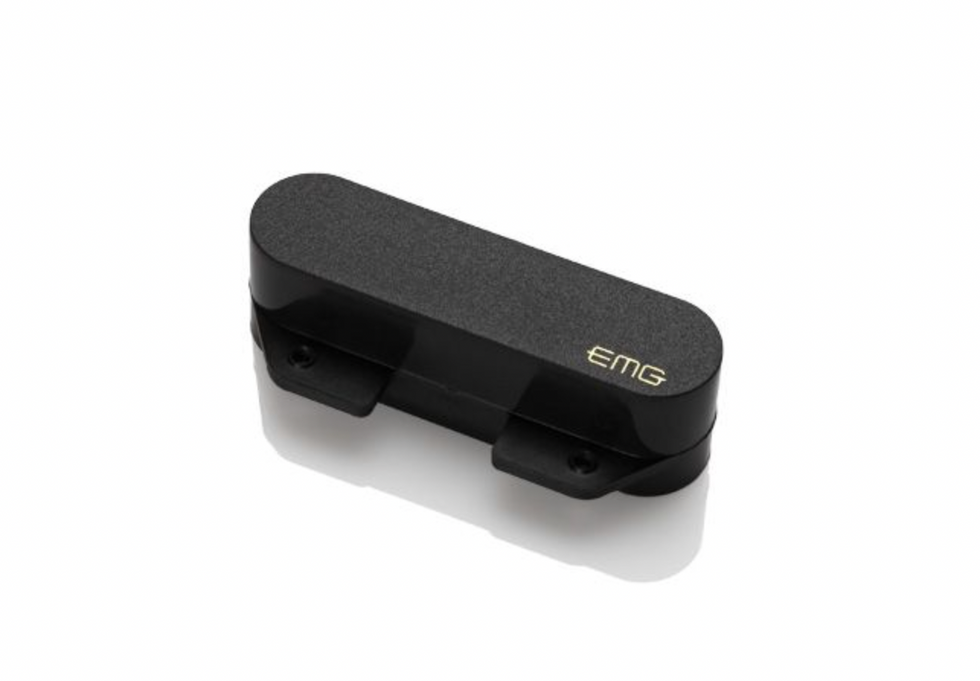
Hate the hum? These active pickups aim to balance the punch and clarity of vintage Tele pickups with the modern convenience of quiet. It uses alnico magnets and a custom winding to increase bandwith and fullness of tone.
$89 street
